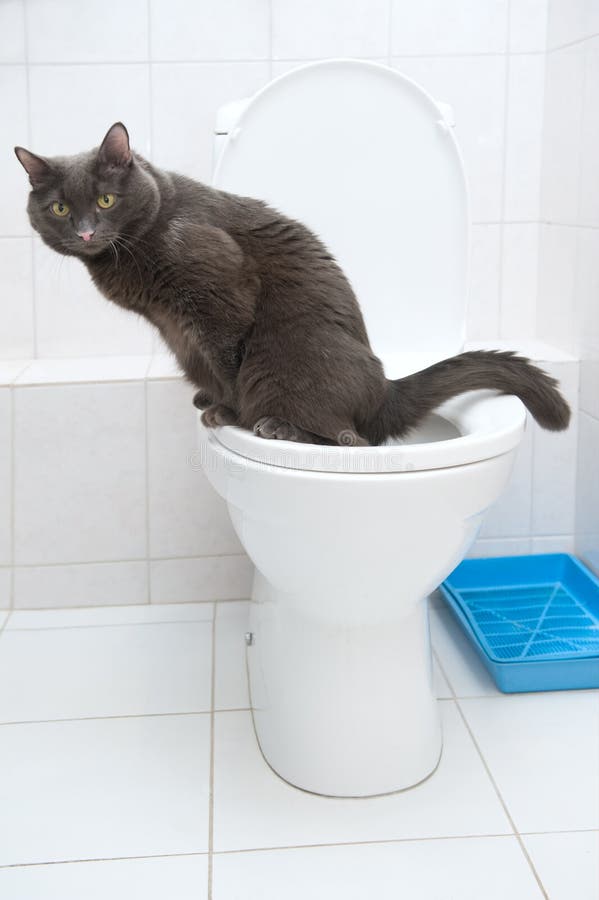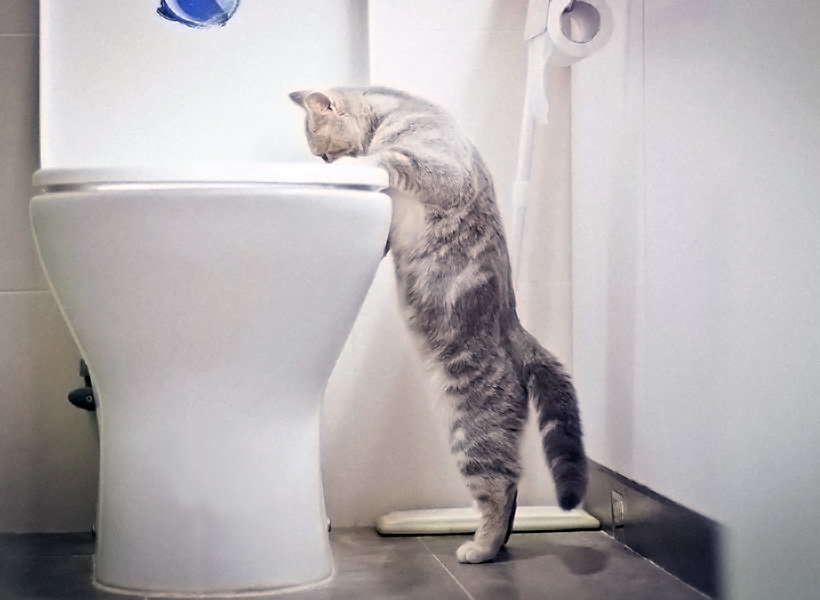Your Significance of Proper Disposal of Animal Waste
Your Significance of Proper Disposal of Animal Waste
Blog Article
We have stumbled upon this post relating to 4 Reasons Why Dog Poop Cleanup is Important below on the web and thought it made good sense to write about it with you on my blog.

When it comes to throwing away waste, especially animal waste, many individuals frequently turn to the convenient choice of flushing it down the commode. Nevertheless, this apparently easy remedy can have serious consequences for the setting and public health. In this write-up, we'll check out why flushing pet waste down the bathroom is a bad idea and offer alternative approaches for correct disposal.
Intro
Proper waste disposal is crucial for keeping environmental sustainability and public health. While it might seem harmless to purge animal waste down the bathroom, it can result in numerous problems, both for the environment and human health.
Risks of flushing pet waste
Environmental influence
Flushing animal waste introduces unsafe germs and virus into waterways, which can negatively impact aquatic ecological communities. These pathogens can pollute water sources and damage marine life, interfering with delicate environments.
Public health concerns
Pet waste contains unsafe bacteria such as E. coli and Salmonella, which can present significant health dangers to people. Flushing pet waste down the toilet can pollute water products, resulting in the spread of diseases and infections.
Alternatives to flushing
Instead of flushing animal waste down the toilet, there are several alternative disposal methods that are more environmentally friendly and hygienic.
Composting
Composting pet waste is an eco-friendly method to get rid of it. By composting, organic matter is broken down into nutrient-rich dirt, which can be utilized to fertilize gardens and plants.
Land fill disposal
Taking care of pet waste in a landfill is an additional option. While not as eco-friendly as composting, it is a much safer choice to flushing, as it stops the contamination of water sources.
Pet dog waste disposal systems
There are customized pet garbage disposal systems offered that securely and hygienically get rid of pet waste. These systems more info frequently utilize enzymes to break down waste and remove odors.
Steps to appropriate animal waste disposal
To make sure appropriate disposal of pet waste, adhere to these actions:
Scooping and landing waste
Regularly scoop and bag animal waste using biodegradable bags. This prevents waste from contaminating the setting.
Using designated waste containers
Dispose of bagged pet waste in assigned waste bins, such as garden compost containers or garbage dump containers. Avoid flushing it down the toilet at all prices.
Cleansing litter boxes and pet areas routinely
Routinely tidy can and animal locations to avoid the buildup of waste and microorganisms. Use pet-safe cleansing products to maintain health.
Benefits of correct disposal methods
Taking on proper disposal techniques for pet waste provides numerous benefits:
Reduced environmental pollution
Appropriate disposal approaches reduce the danger of environmental pollution, protecting waterways and environments from contamination
Minimized risk of water contamination.
By preventing flushing pet waste down the commode, the risk of water contamination is substantially lowered, safeguarding public health.
Improved sanitation and health
Correct disposal techniques advertise far better sanitation and health, producing a much safer environment for both humans and animals.
Verdict
Finally, flushing animal waste down the toilet is harmful to the setting and public health. By adopting different disposal techniques and adhering to appropriate waste management techniques, we can reduce the negative influence of animal waste and add to a cleaner, healthier earth.
What To Do With Dog Poo – The Do's And Don'ts Of Disposing Of Faeces
Dog poo bins
Some councils provide dedicated dog waste bins in popular dog-walking areas that can take dog poo that has been bagged but you can legally dispose of dog waste in any public litter bin, as long as it is securely bagged. This also applies to your wheelie bin at home.
Do not flush
Water companies do not recommend flushing dog faeces down the toilet because certain parasites can survive the water processing treatment and are potentially harmful to humans. You should also never consider flushing dog poo that has been bagged down the toilet as the bags will not break down and instead create severe blockages in the sewage system.
In the woods
The Forestry Commission promotes a ‘stick and flick’ method for dealing with waste in the woods. This means finding a stick and using it to flick any poo from off the path so that it is out of the way of other walkers. You could also bury it as long as it is not in an area where there might be livestock.
Livestock
Parasites found in dog poo can be transmitted to livestock if they inadvertently eat infected faeces that has been left on grazing land. This could result in the death of sheep or abortion in cattle so you should always make sure you pick up your dog’s waste in fields where livestock could be present.

Routinely tidy can and animal locations to avoid the buildup of waste and microorganisms. Use pet-safe cleansing products to maintain health.
Benefits of correct disposal methods
Taking on proper disposal techniques for pet waste provides numerous benefits:
Reduced environmental pollution
Appropriate disposal approaches reduce the danger of environmental pollution, protecting waterways and environments from contamination
Minimized risk of water contamination.
By preventing flushing pet waste down the commode, the risk of water contamination is substantially lowered, safeguarding public health.
Improved sanitation and health
Correct disposal techniques advertise far better sanitation and health, producing a much safer environment for both humans and animals.
Verdict
Finally, flushing animal waste down the toilet is harmful to the setting and public health. By adopting different disposal techniques and adhering to appropriate waste management techniques, we can reduce the negative influence of animal waste and add to a cleaner, healthier earth.
What To Do With Dog Poo – The Do's And Don'ts Of Disposing Of Faeces
Dog poo bins
Some councils provide dedicated dog waste bins in popular dog-walking areas that can take dog poo that has been bagged but you can legally dispose of dog waste in any public litter bin, as long as it is securely bagged. This also applies to your wheelie bin at home.
Do not flush
Water companies do not recommend flushing dog faeces down the toilet because certain parasites can survive the water processing treatment and are potentially harmful to humans. You should also never consider flushing dog poo that has been bagged down the toilet as the bags will not break down and instead create severe blockages in the sewage system.
In the woods
The Forestry Commission promotes a ‘stick and flick’ method for dealing with waste in the woods. This means finding a stick and using it to flick any poo from off the path so that it is out of the way of other walkers. You could also bury it as long as it is not in an area where there might be livestock.
Livestock
Parasites found in dog poo can be transmitted to livestock if they inadvertently eat infected faeces that has been left on grazing land. This could result in the death of sheep or abortion in cattle so you should always make sure you pick up your dog’s waste in fields where livestock could be present.

Do you appreciate reading up on 4 Reasons Why Dog Poop Cleanup is Important? Give a comment further down. We'd be happy to know your insights about this piece. Hoping that you visit us again soon. In case you liked our blog posting if you please make sure you remember to share it. Kudos for being here. Don't hesitate to pay a visit to our blog back soon.
Here Report this page